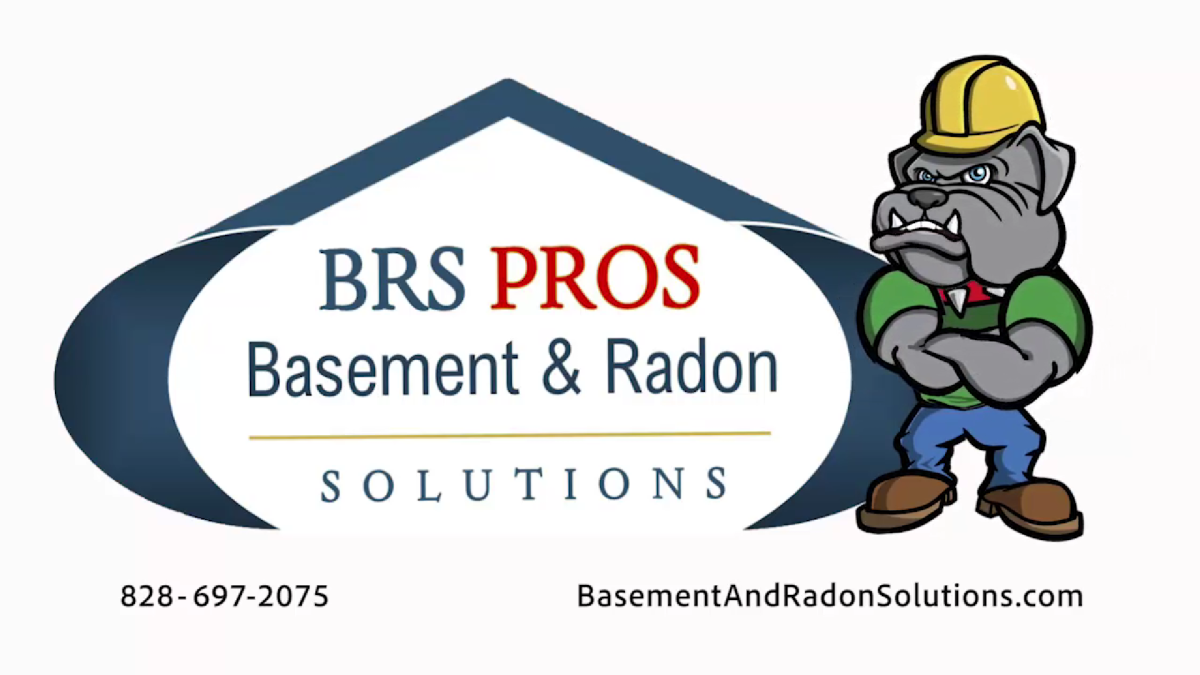You’ve likely considered sump pumps or waterproofing to protect your home from water damage, but have you thought about integrating both? When you pair a sump pump’s active water removal with the preventative measures of waterproofing, you’re setting yourself up for maximum defense against moisture intrusion. Think about it: a drier basement, lower maintenance costs, and a longer lifespan for both systems. But how does this duo work together so effectively? And what are the key considerations when implementing this strategy? Let’s unpack this intriguing combination and its potential benefits for your home.
Understanding the Basics of Sump Pumps
Before you explore the world of home waterproofing, it’s important to understand the basics of sump pumps. These mechanical devices are designed to remove water that’s accumulated in a sump basin, typically installed in the lowest part of your basement or crawlspace.
A sump pump’s operation is straightforward but critical. When the water level in the sump basin rises to a predetermined point, the pump activates and begins to expel the water through a pipe that leads outside your home. Most sump pumps are hardwired into your home’s electrical system, but it’s common to have a battery backup system in case of a power outage, especially during heavy storms when you need it most.
You’ll find two types of sump pumps: submersible and pedestal. A submersible pump is installed inside the sump basin and sealed to prevent electrical short circuits. It’s quiet and unobtrusive but more expensive.
On the other hand, a pedestal pump’s motor is mounted above the sump, making it louder but easier to service and less costly.
Without a properly functioning sump pump, your home could be vulnerable to water damage. Understand its operation guarantees you’re equipped to make the best waterproofing decisions.
The Importance of Basement Waterproofing
Every year, countless homeowners face the devastating effects of basement flooding. It’s not just a nuisance; it can lead to significant structural damage and mold growth, which can be harmful to your health. That’s where basement waterproofing comes in.
Waterproofing your basement is an essential preventative measure you should take to protect your home and your belongings. It’s a process that involves applying a sealant to your basement’s walls and floor to prevent water from seeping in. This sealant acts as a barrier, blocking water from entering your home and causing damage.
In addition to preventing flooding, waterproofing also helps to control the humidity levels in your basement. This is vital because high humidity can lead to the growth of mold and mildew, which can deteriorate your home’s structure and even cause health problems.
Moreover, basement waterproofing can increase the value of your home. Many potential buyers see a waterproofed basement as a sign of a well-maintained home.
How Sump Pumps Work
Let’s turn our attention to how sump pumps function.
You’ll find that understanding the mechanism of these devices is vital, as they play a significant role in basement waterproofing.
Sump Pump Mechanism
Although you may not realize it, your sump pump is a vital part of your home’s defense system. It’s designed to efficiently remove water that’s accumulated in your home’s sump basin, typically found in the basement.
The basic mechanism of a sump pump involves three main components: a float switch, an impeller, and a check valve. As water fills the sump pit, the float switch rises and triggers the pump to start. The impeller, located within the pump, then spins and forces the water out of the pit through the discharge pipe.
The check valve, an integral part of the system, allows water to flow in one direction only, preventing backflow into the sump pit. Once the water level in the pit lowers, the float switch returns to its original position, and the pump shuts off.
It’s important to note that while sump pumps are highly effective, they’re not infallible. Power outages, mechanical failure, or incorrect installation can lead to issues.
That’s why combining sump pumps with proper basement waterproofing offers maximum protection against water damage.
Importance of Maintenance
Regular maintenance of your sump pump is essential to guarantee its best performance and longevity.
It’s not enough to just install it and forget it; you have to make sure it’s always in top working condition. This involves regular checks and upkeep.
You should start by inspecting the pump and pit every few months.
Make sure they’re free from debris that could clog the pump. The float switch, which triggers the pump to start, should move freely. You also need to verify that the check valve, which prevents backflow, is functioning properly.
Next, test the pump by pouring a bucket of water into the pit.
The pump should kick on automatically and drain the water quickly. If it doesn’t, then you’ve got a problem that needs fixing.
Lastly, don’t overlook the power source.
The electrical connection should be secure, and the battery backup, if you have one, should be fully charged.
Different Waterproofing Techniques
Now, let’s move on to different waterproofing techniques, both interior and exterior.
You’ll find that interior methods typically focus on mitigation, such as sump pumps and sealants.
On the other hand, exterior techniques aim to prevent water from reaching building structures, using methods like drainage and coatings.
Interior Waterproofing Methods
When it comes to safeguarding your home from water damage, understanding interior waterproofing methods can make all the difference.
It’s essential to know that choosing the right technique depends on the nature of the problem and the structure of your building.
The first method you might consider is sealants and coatings. These work best for preventing condensation and minor dampness. Waterproof paint, for example, can be applied to your basement walls to create a moisture barrier.
However, they’re not suitable for dealing with severe leaks.
Next, consider interior water drainage. This technique involves installing a drainage system beneath the floor to collect and divert water from seeping into your basement.
It’s more effective in handling significant water issues and is often used in conjunction with a sump pump.
Lastly, there’s the baseboard system. This method uses a hollow plastic baseboard along the joint where the floor and wall meet.
Any water that enters through the walls is collected in the baseboard and then directed to a drain or sump pump.
Exterior Waterproofing Techniques
While interior methods are effective at controlling moisture and water intrusion, turning your attention to exterior waterproofing techniques can offer additional protection for your home.
These techniques are designed to keep water away from your home’s foundation, preventing it from seeping into your basement and causing damage.
One popular exterior method is the installation of a French drain. This system collects water from the soil surrounding your home and redirects it away from your foundation.
You can also consider applying a waterproof coating to your foundation walls. This coating acts as a barrier, preventing water from seeping through cracks and other vulnerabilities in your home’s foundation.
Gutter systems are another essential component of exterior waterproofing. By directing rainwater away from your home, they prevent water from pooling around your foundation and seeping into your basement.
Sump Pumps and Waterproofing: A Perfect Duo
The dynamic duo of sump pumps and waterproofing provides an effective solution to basement and crawl space moisture problems.
You see, these two systems work hand-in-hand to guarantee your space stays dry. Here’s how.
Sump pumps act as your first line of defense. Installed in the lowest part of your basement or crawl space, they automatically pump out any water that accumulates. The pump’s trigger mechanism is a float switch. When water levels rise and lift the float, the pump springs into action, removing the water and dumping it away from your home’s foundation.
But what if water seeps through your basement walls or floor? That’s where waterproofing comes in. Waterproofing methods, such as the application of sealants or the installation of a drainage membrane, create a barrier. They keep water from permeating your basement’s walls and floor.
In short, while your sump pump tackles water accumulation, your waterproofing system prevents water intrusion.
They’re a perfect duo, each complementing the other. So, for maximum protection against moisture problems, you’ll want both a sump pump and a thorough waterproofing system.
Key Benefits of Integrating Both Systems
Having both a sump pump and an extensive waterproofing system in your home doesn’t just provide double protection. It creates a synergy that amplifies your home’s resistance to water damage, offering you peace of mind during heavy rains or high water-table periods.
An integrated system works in harmony, where each component complements the other. Your sump pump, responsible for removing accumulated water, works best when combined with a waterproofing system that prevents water seepage in the first place. As a result, it reduces the load on the pump, extending its lifespan and conserving energy.
Moreover, waterproofing alone can’t always handle high volumes of water during severe flooding. That’s where your sump pump comes in, effectively managing the excess water. This dual system considerably reduces the risk of basement flooding, protecting your home’s structure and preserving its value.
Not to mention, integrating both systems will likely cut down on your maintenance costs. Waterproofing reduces the amount of water reaching the sump pump, resulting in less wear and tear.
Similarly, a well-functioning sump pump lowers the risk of water damage and the resultant repair costs. So, it’s a win-win situation for your home and your wallet.
Choosing the Right Sump Pump and Waterproofing Method
Maneuvering through the myriad of sump pump models and waterproofing methods can seem intimidating. You’ll want to contemplate your specific needs and the unique characteristics of your home.
Firstly, you should evaluate the power requirements of your prospective sump pump. If your area gets heavy rainfall, you might need a pump with a higher horsepower to manage larger water volumes.
Also, contemplate the type of sump pump. Submersible pumps are quieter and handle debris better, while pedestal pumps are more affordable and easier to maintain.
When it comes to waterproofing, there are several methods available. Interior waterproofing often involves installing a drainage system inside your basement to divert water to your sump pump. It’s efficient but can be disruptive to install.
Meanwhile, exterior waterproofing involves applying a waterproof barrier to your home’s foundation. It’s effective but can be costly and requires excavation.
Maintenance Tips for Sump Pumps and Waterproofing Systems
Once you’ve selected your ideal sump pump and waterproofing method, regular maintenance becomes your next priority to extend their longevity and maintain optimum functionality.
Always keep the sump pump clean and free from debris. Dirt and small stones can easily get into the pump, potentially causing it to fail. So, it’s important to clean out the pit regularly.
It’s also vital to test the pump periodically, especially before the wet season kicks in. You can do this by pouring a bucket of water into the sump pit to see if the pump kicks on and removes the water efficiently.
As for your waterproofing system, inspect it for any signs of damage or wear and tear. Seal any cracks that you find immediately to prevent water from seeping in.
Also, check the drainage system to verify it’s not blocked and is channeling water away from your home effectively. If you’ve installed a waterproof membrane, confirm it’s still intact and replace it if necessary.
So, you see, installing a sump pump and waterproofing your basement can reduce the risk of water damage by 98%. It’s an investment that pays off, protecting your home’s structure and your health. Remember, choosing the right equipment and routine maintenance are key. With these systems in place, you’ll say goodbye to damp, moldy basements and hello to a drier, healthier living space. It’s a win-win you can’t afford to ignore.








